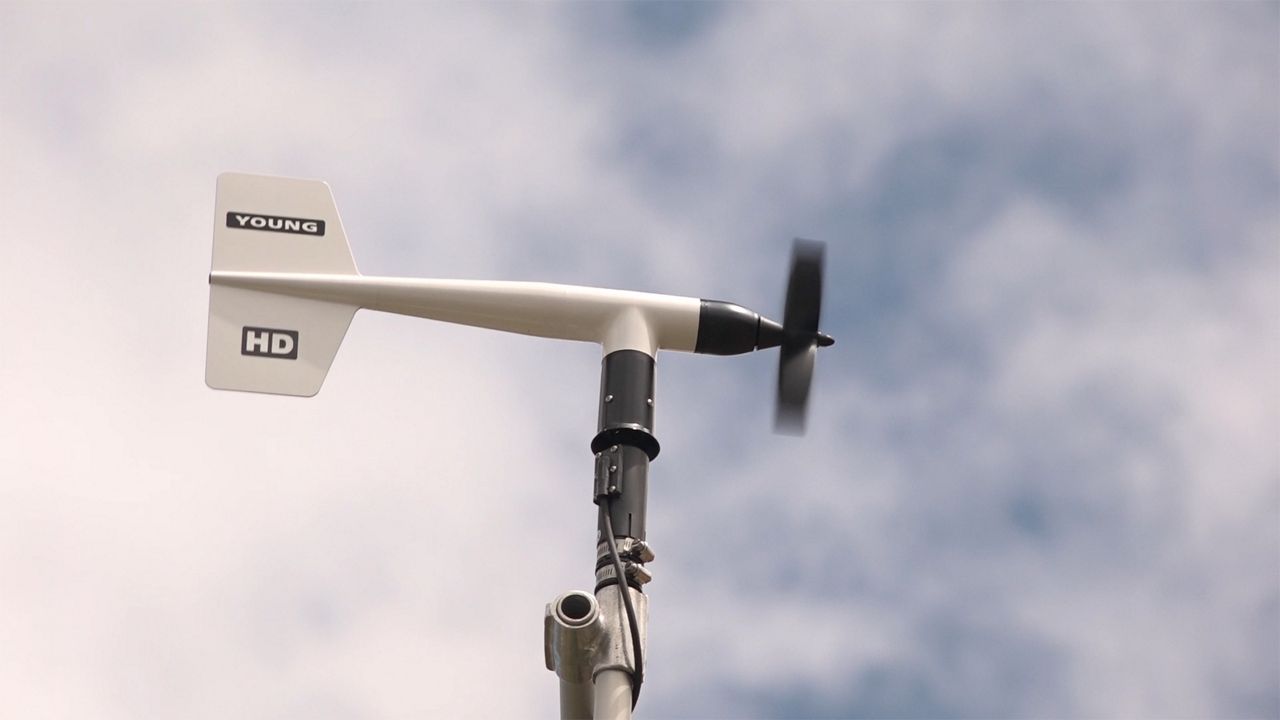HONOLULU — Hawaiian Electric is installing some 52 weather stations in wildfire-prone areas on four islands as part of an effort to better predict and respond to fire-weather conditions.
The solar-powered weather stations, which are mounted on HECO utility poles, will transmit wind, temperature, humidity and other meteorological data that will help the utility decide whether to initiate a public safety power shutoff.
Launched July 1, the PSPS program allows HECO to preemptively shut off power in areas at high risk of wildfires during high-wind and dry conditions.
HECO said the $1.7 million installation is one of nearly two dozen near-term safety measures it is implementing to reduce the potential for wildfires associated with company infrastructure in areas identified as posing a higher risk.
About half of the project cost will be covered by federal grants, allocated under the federal Infrastructure Investment and Jobs Act, to cover resiliency and wildfire mitigation work.
“These weather stations will play a critical role as we continue to take action to address the growing risk of wildfires,” said Jim Alberts, HECO senior vice president and chief operations officer. “The detailed information they provide will allow us to take preventative action more quickly to protect public safety.”
Weather stations have already been installed at 31 high-priority locations. The remaining 21 stations will be in place by the end of the month.
Maui will have the most stations with 23, followed by Hawaii Island (15), Oahu (12) and Molokai (2).
Weather station equipment and support services are provided by the California-based Western Weather Group.
HECO will share weather station data with the National Weather Service, academic institutions and other forecasting services.
Michael Tsai covers local and state politics for Spectrum News Hawaii. He can be reached at michael.tsai@charter.com.




